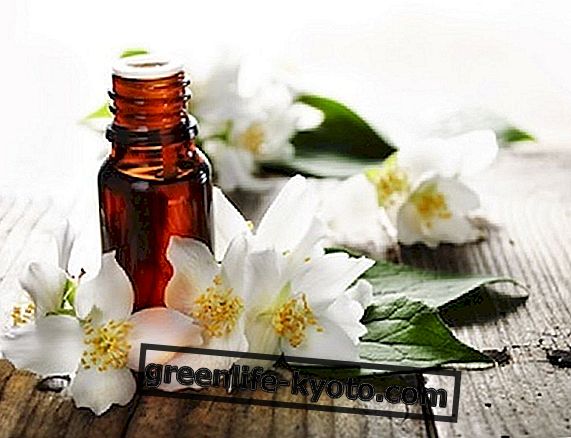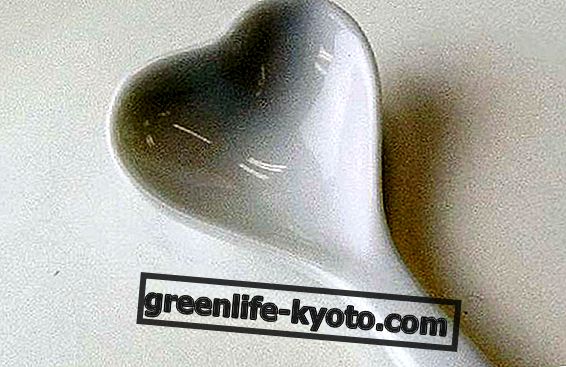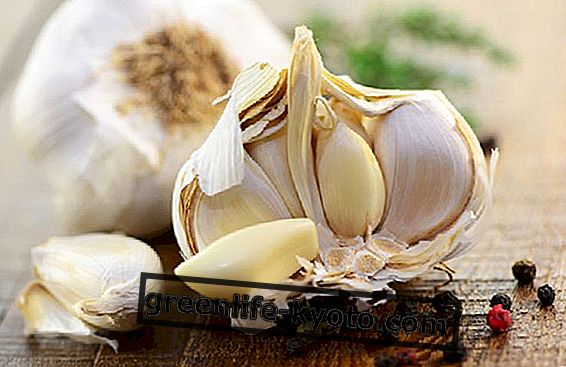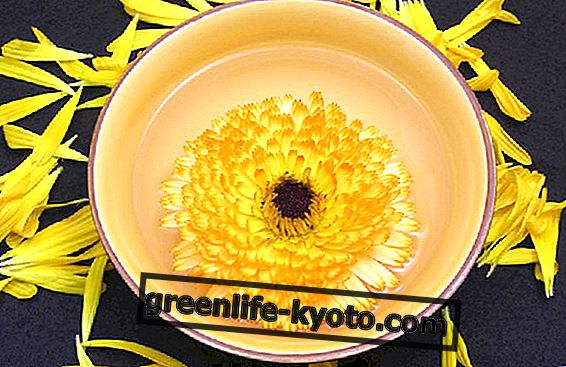Green algae, rich in omega 3, vitamins A and B, stimulate the thyroid activating the metabolism and are also useful for thalassotherapy. Let's find out better.
>
>

Description of green algae
The scientific name of the green algae is Cloroficee or Chlorophyta, due precisely to the color that is given to them by chlorophyll .
Green algae live mainly in fresh water, but some species also grow in marine environments; in addition, green algae usually abound in highly humid areas, near other plants.
Green algae represent a heterogeneous group of single-celled and multicellular, less large organisms. The characteristic coloring of green algae can take on different shades depending on the variety of algae and, above all, on the basis of the composition of pigments: often, in fact, chlorophyll is mixed with other red pigments (hematocroma) or yellow (xanthophylls).
There are about 6, 500-9, 000 different species, distinguished by characteristics and reproduction methods, which see them classified in around 600 different orders. The plants seem to have evolved precisely from these types of algae, which seem to have given rise to around 300, 000 species of land surface plants.
The reproduction of green algae can be vegetative (asexual) or gamica (sexual):
- the vegetative reproduction, typical of unicellular algae, consists in the simple division of the mother cell into two daughter cells, while the asexual reproduction of multicellular algae occurs more often by fragmentation;
- the sexual reproduction, clearly more complex, consists in the union of two specialized cells, belonging to two different individuals.
You can learn more about the enemy algae of cellulite

Properties and benefits
Green algae have a fairly good content of Omega-3, group B vitamins, pro-vitamin A and C; some of these green algae are particularly rich in mineral salts, such as calcium and magnesium, and contain all eight essential amino acids. They also have good doses of iron and iodine.
The most famous green alga is surely the sea lettuce, scientifically known as Ulva lactuca : it belongs to the family of the Ulvaceae and is a typical alga of the waters of the Mediterranean and of the cold temperate seas.
In the eastern regions, in China and in Japan, sea lettuce is consumed as food, in the form of soups and salads or to accompany sushi-based dishes. But not just there. Indeed, there are Mediterranean recipes, such as linguine with sea lettuce, cacio e pepe, which are among their ingredients.
The therapeutic functions of green algae are numerous: they stimulate the thyroid activating the metabolism, are invigorating, increase the immune defenses, fight constitutional imbalances, fight degenerative processes due to aging and exert a purifying action, activating the circulation. They do well both inside the body and outside, for cosmetic treatments and in thalassotherapy .
Green algae are also used as fertilizers and fertilizers in agriculture, feed and supplements, both for animals and for humans. Due to the gelling, thickening, emulsifying and stabilizing properties, they are also used in the food industry as additives (carrageenan, agar-agar, algae) and in the production of bio-paper .
Among the most important green algae, we also mention Acetabularia and the prickly pear of the sea, whose vulgar name derives from the very particular aspect that recalls the common prickly pear.
Contraindications of green algae
Algae are generally contraindicated for subjects sensitive to iodine and for those suffering from hyperthyroidism, and so are green algae. These are people whose basal metabolism, already quite fast compared to the average, is further accelerated by iodine.
Algae are equally contraindicated only for those who must follow very severe low- sodium dietary regimes . Like all algae, even green ones can be subject to possible contamination by microcystins or heavy meltalli and toxic substances: this is a problem that affects most of the planet's aquifers.
But it also happens, as in Brittany, that green algae can become a threat to the environment, humans and animals themselves. Here, for several years, it seems that an infesting " green tide " invades the coasts and that the decomposition of the same would produce gases that are toxic even for humans.













